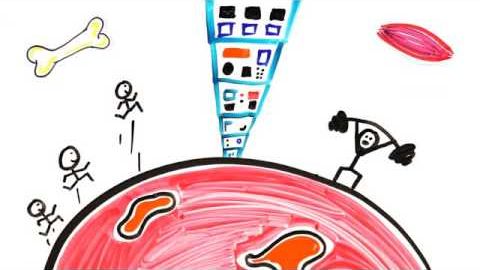
Subtitles & vocabulary
Could We Actually Live On Mars?
00
Wayne Lin posted on 2015/02/06Save
Video vocabulary
field
US /fild/
・
UK /fi:ld/
- Noun
- Area of study, such as physics or biology
- Piece of land used to grow crops/raise animals
- Transitive Verb
- To respond to something or answer a question
- To catch or stop a ball during a game
A1TOEIC
More planet
US /ˈplænɪt/
・
UK /'plænɪt/
- Noun (Countable/Uncountable)
- One of the bodies that orbit the sun
- A different world or sphere of existence.
- Proper Noun
- The earth.
A2
More require
US /rɪˈkwaɪr/
・
UK /rɪ'kwaɪə(r)/
- Transitive Verb
- To demand that someone does something
- To need to do something, to make it necessary
A2TOEIC
More space
US / spes/
・
UK /speɪs/
- Noun (Countable/Uncountable)
- Empty area kept for a specific reason, like a car
- Empty area with nothing in it
- Transitive Verb
- To make a certain distance or time between
A1TOEIC
More Use Energy
Unlock All Vocabulary
Unlock pronunciation, explanations, and filters
